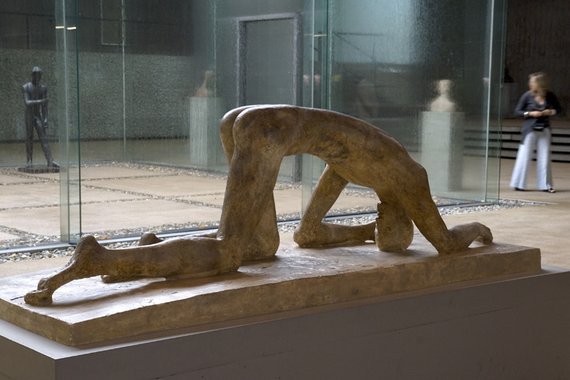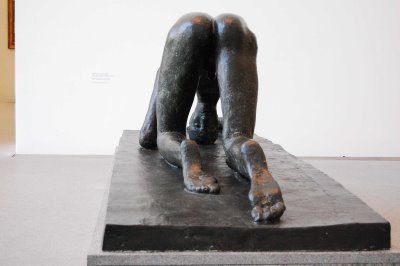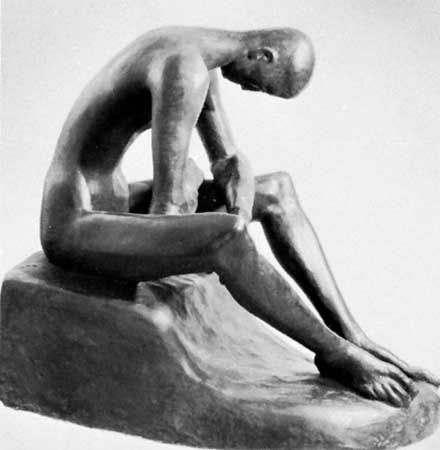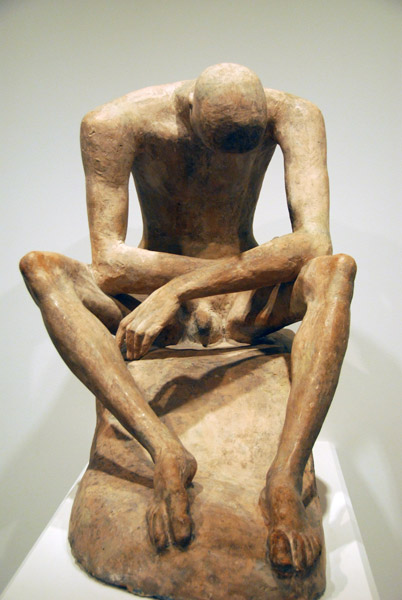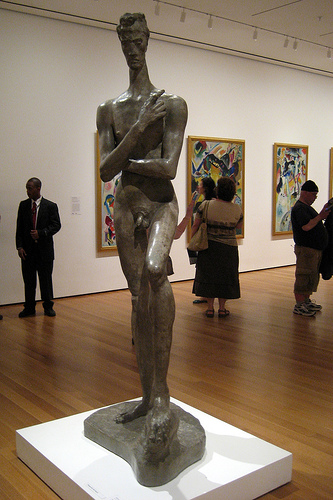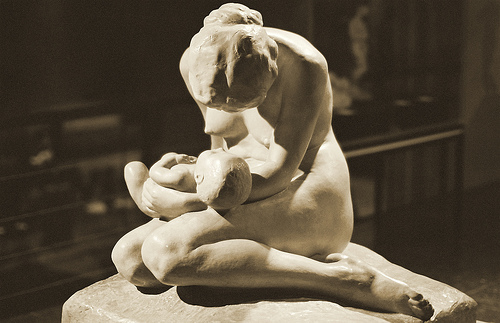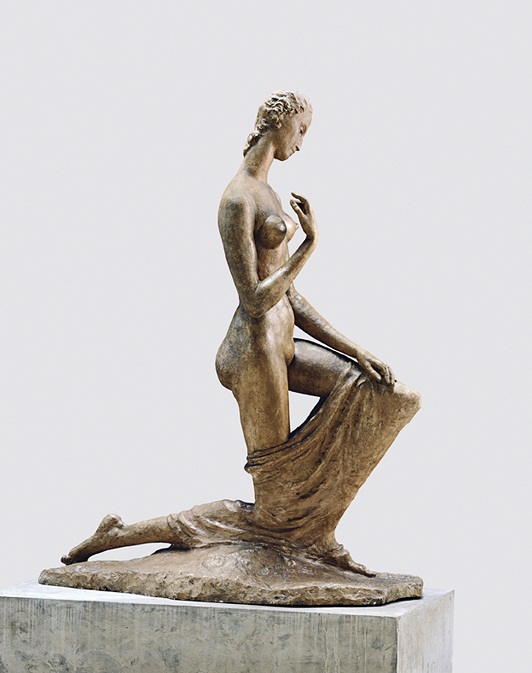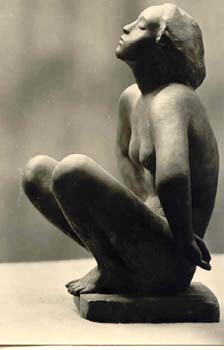<Back to Index>
- Inventor Louis Braille, 1809
- Sculptor Wilhelm Lehmbruck, 1881
- Minister of the Interior Baron Alexander von Bach, 1813
PAGE SPONSOR
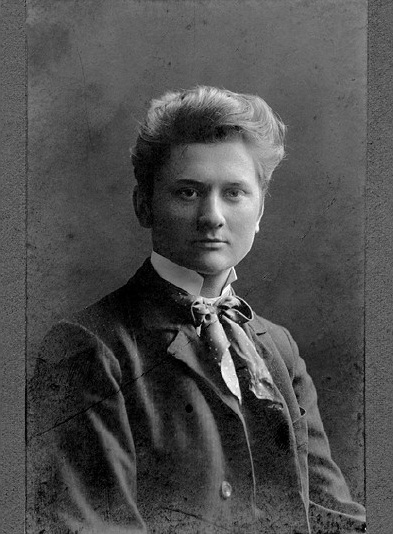
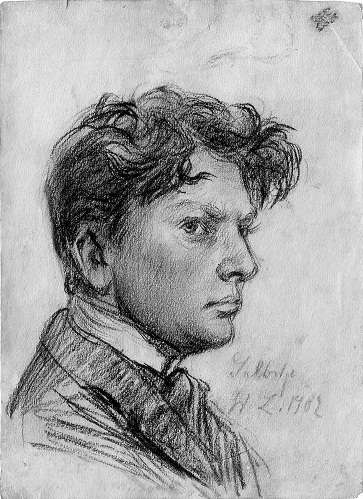
Wilhelm Lehmbruck (January 4, 1881 – March 25, 1919) was a German sculptor.
Born in Duisburg, he studied sculpture arts at the academy of arts in Düsseldorf and contributed to an exhibition at the Grand Palais in Paris. From 1910 – 1914 he lived in Paris, where he met Modigliani, Brancusi, and Archipenko. During World War I he served as aparamedic at a military hospital in Berlin. He suffered from severe depression and fled the war by going to Zürich. After the war he returned to Berlin where he committed suicide on March 25, 1919.
Lehmbruck's sculptures mostly concentrate on the human body and are influenced by Naturalism and Expressionism. His works, including female nudes, are marked by a sense of melancholy and an elongation of form common to Gothic architecture.
The Museum of Modern Art (New York City), the National Gallery of Art (Washington D.C.), the Tate Gallery (London, England), the Städel Museum (Frankfurt, Germany) and the Lehmbruck Museum (Duisburg,
Germany) are among the public collections holding sculptures by Wilhelm
Lehmbruck. One of his sculptures can be seen in the Villa Tugendhat.
